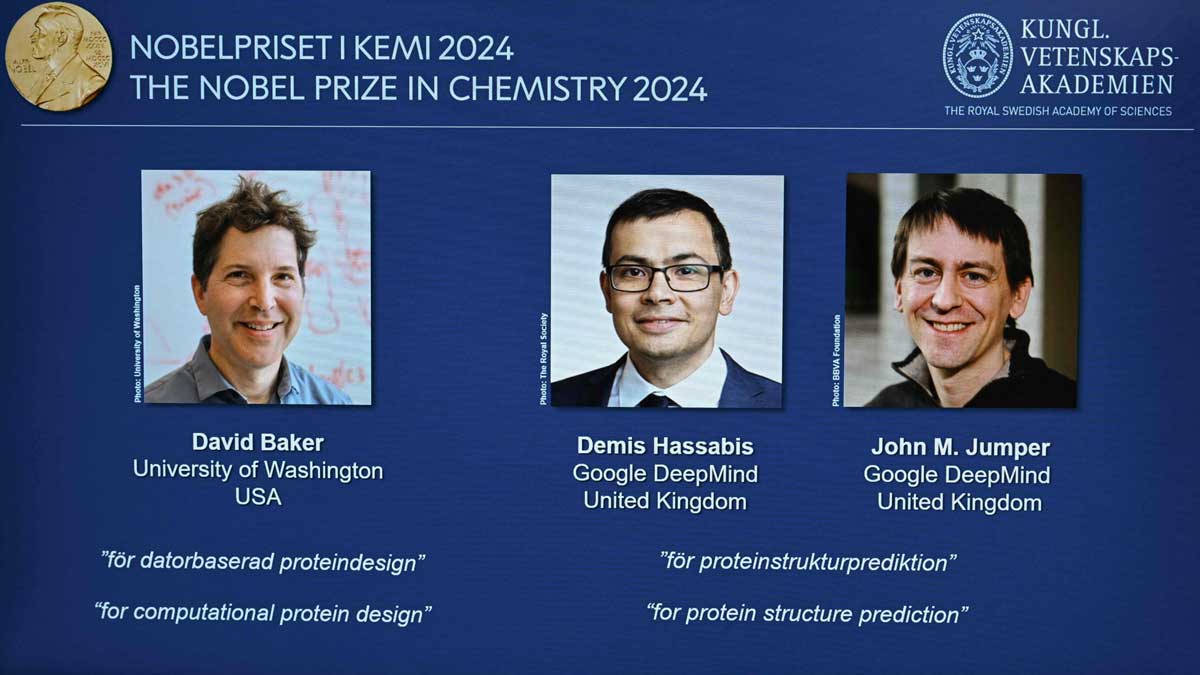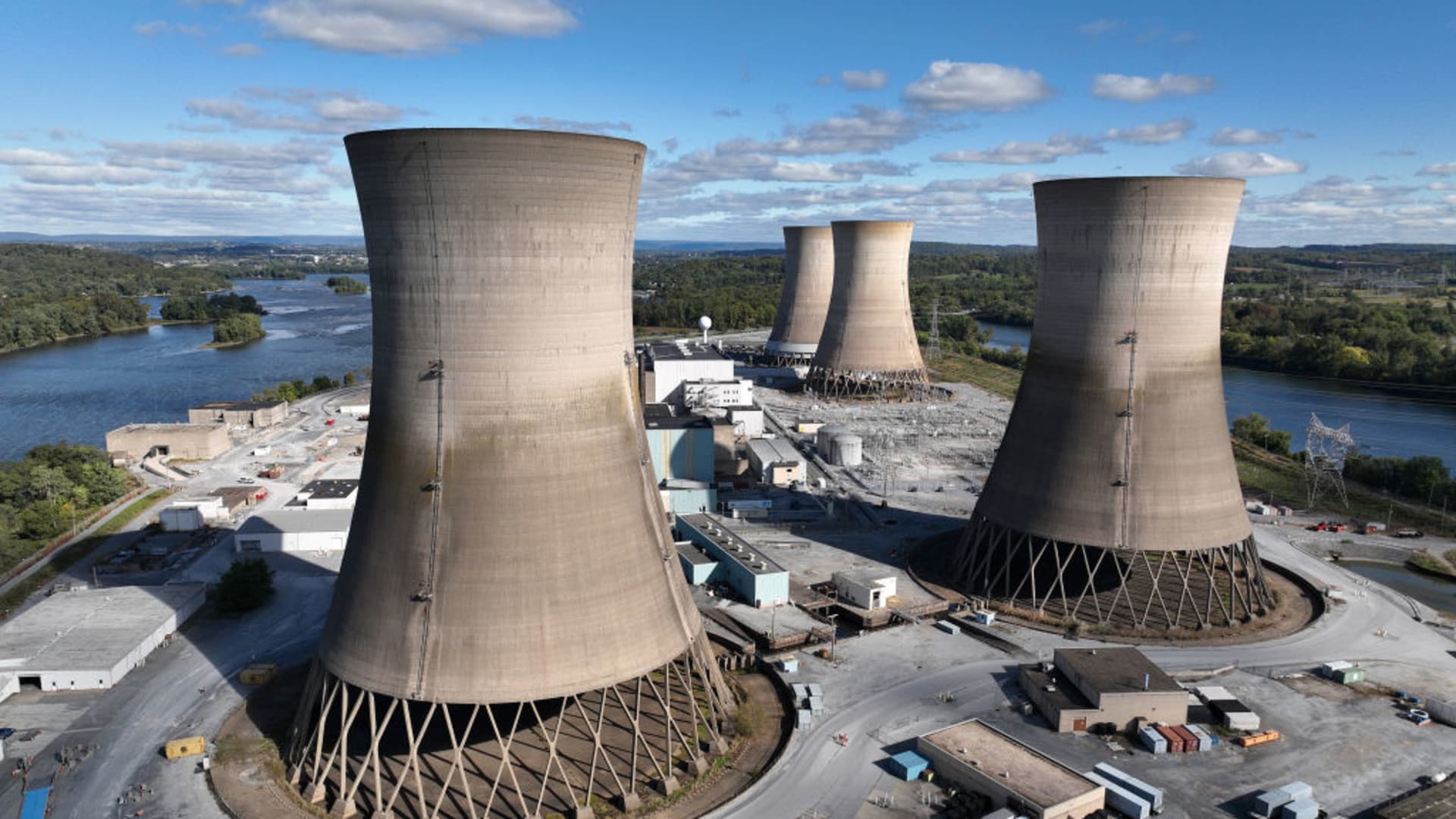Lomography has unveiled a new addition to its range of instant cameras, dubbing the Lomo Instant Wide Glass the ‘world’s best instant camera’. That’s a bold claim when the market has otherwise been dominated by Polaroid and Fujifilm Instax – so do instant photography lovers finally have a viable alternative?
It seems as though the best instant camera claims are based on the quality of the Wide Glass’s lens: a 90mm multi-coated glass lens, with 35mm effective focal length and minimum focus distance of just 0.3m. It’s a lens that Lomography says is the sharpest in any instant camera. That really does sound like some serious glass, especially when you compare it to the simpler optics of, say, the Fujifilm Instax Wide 400.
Like the Instax Wide 400, the Lomo Instant Wide Glass shoots onto the readily available and reasonably priced Instax Wide film. Film size aside, the Glass Wide has more in common with the Polaroid I-2 and the Fujifilm Instax mini 99, being more of a photographer’s tool with plenty of shooting modes and manual control to sink your teeth into.
The Lomo Instant Wide Glass costs $279 / £249 and shipping starts in November (international shipping is available but bear with us for Australia pricing). Fujifilm Instax Wide film costs around $24.90 / £21.90 for a twin 10-sheet pack – that’s 20 shots in all.

A photographer’s instant camera
The Lomo Instant Wide Glass looks the part with its classic retro brown leather finish and metal-effect trim. As you can see in the product image above, it’s compatible with accessories such as color gels for the built-in flash, plus lens attachments like Lomography’s ‘Splitzer’ for creative multi-exposure effects, which by the way have more room to breathe on the wider Instax Wide film.
In addition to the multi-exposure effect (which works with or without lens attachments – see example below), there’s semi-manual control over aperture and shutter speed (or ‘advanced auto exposure’), which includes a long exposure bulb mode, while you can also manually adjust brightness using the ±1EV exposure compensation switch.
Elsewhere, there’s zone focusing with a minimum 0.3m focus distance enabling you to capture little details. There’s the option to attach an external flash, although the Wide Glass is equipped with a basic one already. Add a color gel to the flash and you can get creative with funky color effects. There’s also a self timer and a tripod mount, making hands-free selfies and group shots possible.
As you can see, there’s plenty of scope for creativity, and being the Wide Instax format, plenty of room to breathe in your shots. We’re currently reviewing the Lomo Instant Wide Glass and will share our experiences with you really soon. The early signs are positive, Lomography could be onto a winner here.








































































































































































You must be logged in to post a comment Login